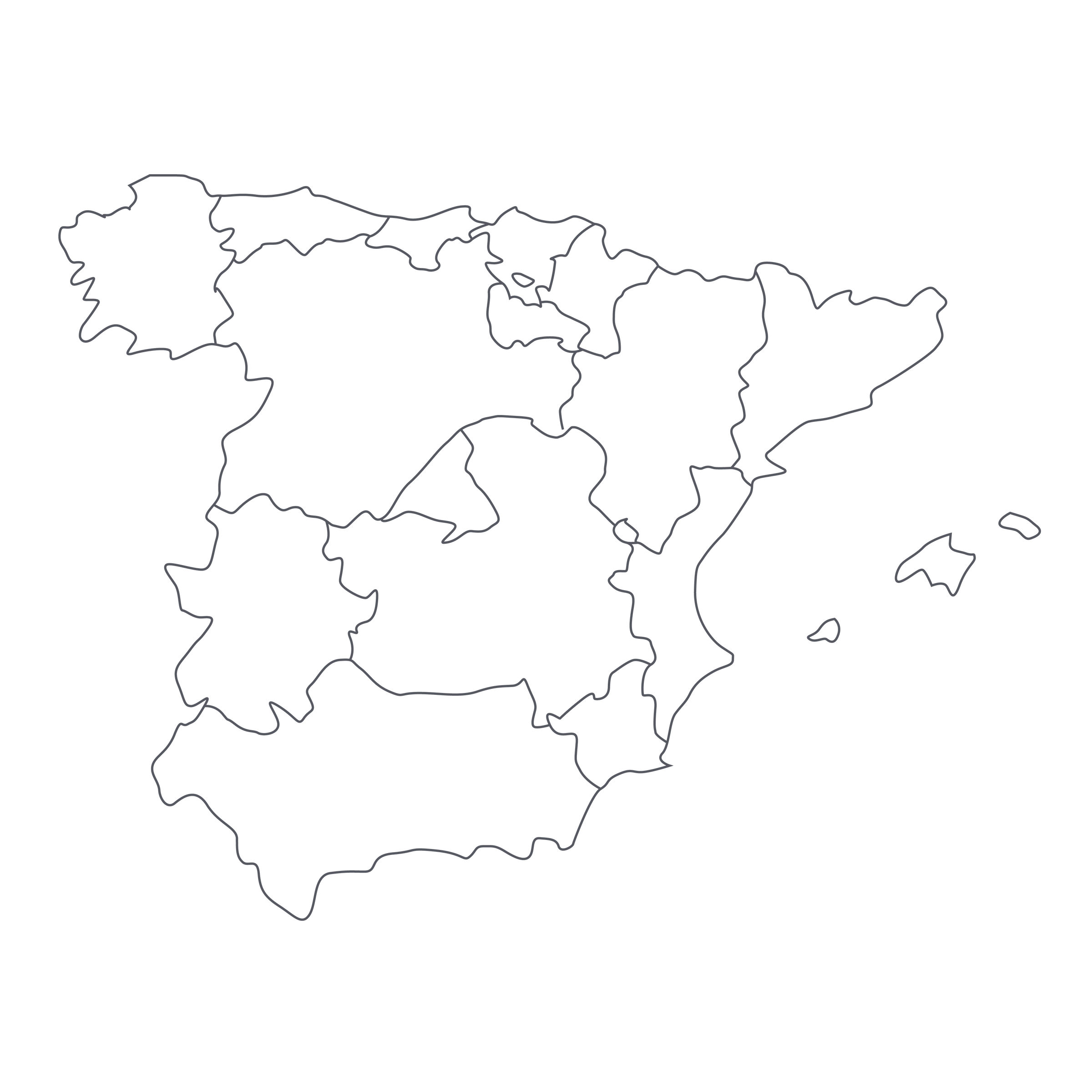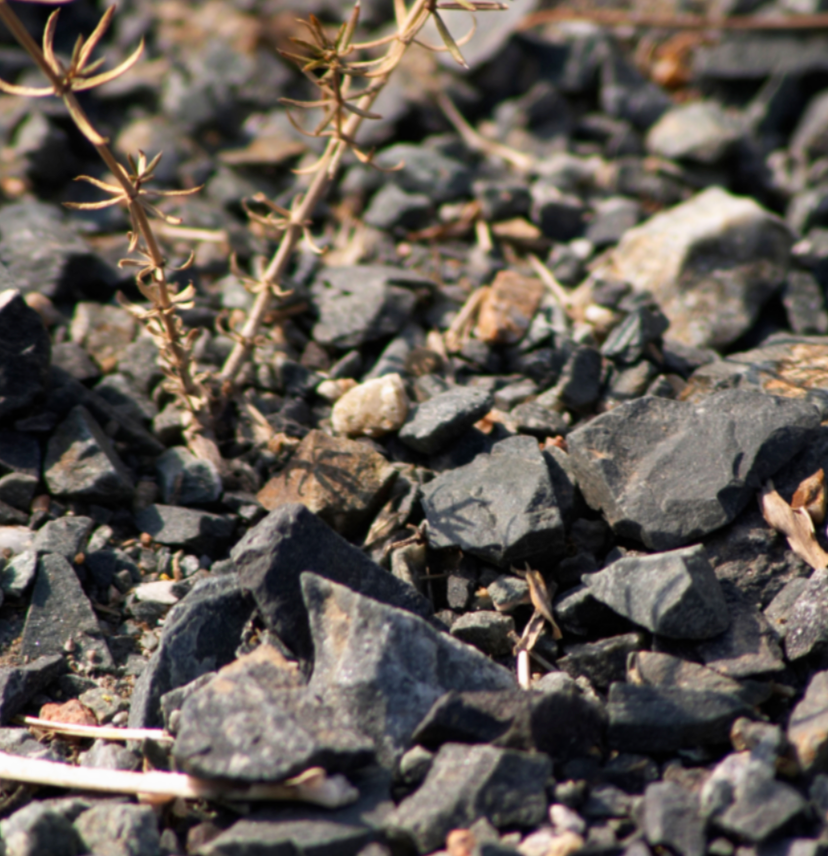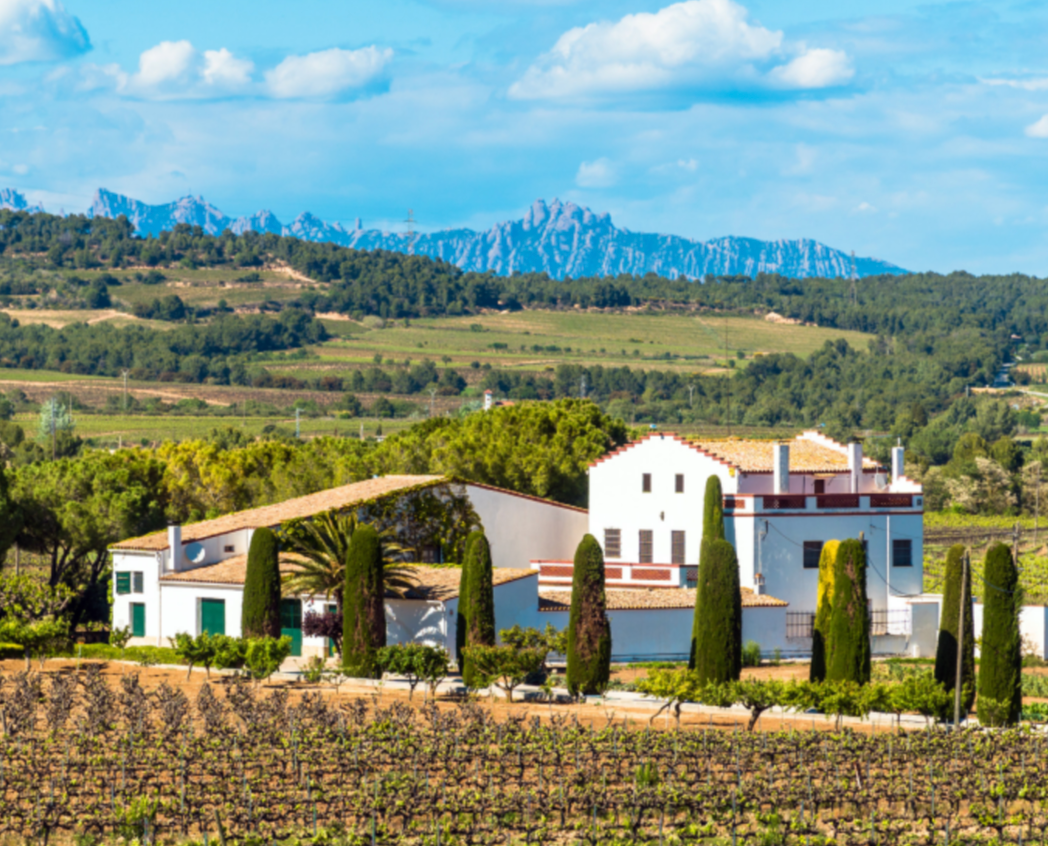The story of Dominio do Bibei is a familiar one in the remote river valleys of Spain’s Galicia region: It’s all about the rediscovery, and re-establishment, of family roots in a place that had been largely abandoned. Starting in the mid-1990s, Javier Dominguez started acquiring the land (including some extant vineyards) that would become Dominio do Bibei, and began the arduous task of re-populating these impossibly steep slopes with terraces and vines.
Located in Manzaneda, at the eastern end of the Ribeira Sacra DO, Dominio do Bibei is one of many new-generation estates bringing investment and renewed prestige to Galicia’s wine culture. It’s one of the world’s most spectacular wine landscapes, but such a challenging one that all but the most steadfast vintners had left it behind. Well, now they’re back, and the reason is simple: It’s a great terroir. The region’s cool microclimates, high elevations, and rocky soils give rise to deeply mineral, electrifying reds and whites. This 2013, called “Lalama,” had us ping-ponging through an assortment of world-class wine regions in search of analogs—Oregon’s Willamette Valley; Burgundy’s Côte de Beaune and Beaujolais Crus; and, of course, the Loire Valley, given the many comparisons of the principal grape in this wine, Mencía, to Cabernet Franc. The excitement around Galician wine is real—this is the place to be right now!
To be a little more specific about the place in question, Manzaneda is a village perched along the Bibei River, a tributary of Ribeira Sacra’s main waterway, the Sil. Lush, sparsely inhabited, and about 100 kilometers from the border with Portugal, the area around Manzaneda comprises part of the “Quiroga-Bibei” subzone of the Ribeira Sacra DO. As in other parts of the appellation, soils include a substantial percentage of schist and granite, which often pokes out in jagged outcroppings, as if floating on a wavy sea of green. Over the years, Dominguez has grown the estate to about 140 hectares in total, with about 45 planted to vines—many of them painstakingly re-established on hillsides that are, of course, impossible to work with any machinery whatsoever.
Grown at altitudes ranging from 300 to 900 meters’ elevation, the Dominio do Bibei vineyards are farmed organically and comprise both red and white varieties, although the focus in on the Mencía grape for the reds, buttressed by a traditional supporting cast of Brancellao, Mouratón, Sousón, and Garnacha. Dominguez and his team constructed a modern, but decidedly low-profile, winery facility that almost disappears into the hillside; everything is moved via gravity and wines are fermented and aged only in wood and concrete vessels. Fruit for “Lalama” is sourced from some of the estate’s heirloom vineyards (some dating to 1913) along with more-recent plantings from the ’90s, and fermented in large, used wooden casks of 2,500- to 4,000-liter capacity. It then aged 13 months in used French oak barrels, seven more in larger oak casks, and then 16 months in bottle before release.
That extra time in barrel and bottle (a Spanish signature) has resulted in a well-knit red of both energy and elegance—initially, the bright, wild-berry aromatics and silken texture had me thinking of both red Burgundy and Oregon Pinot Noir, but ultimately this wine takes a turn into more dark-fruited, mineral territory. In the glass, it’s a deep ruby with hints of purple and black, with aromas of wild black and red berry, cranberry, warm spices, mountain herbs, violets, and wet stones. Whereas some Mencía wines skew a little chunkier, with an almost iodine-like quality to the minerality, this one leans more floral and medium-bodied, with fine-grained tannins and a lingering, refreshing finish. It is delicious now and should continue to improve over the next 5-7 years; decant it about 30 minutes before serving in Burgundy stems at 60-65 degrees (cooler would be good, too; it will point up the bright fruit even more). If you’re up for a little project in the interest of authenticity, make some Galician-style meat empanadas as in the attached recipe. And if you’re in the habit of visiting wine regions, I have an emphatic suggestion: Put Ribeira Sacra at the top of your list. ¡Saúde!





